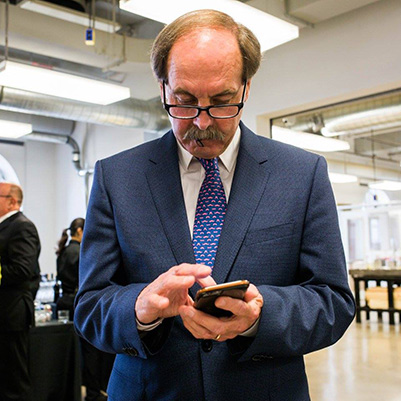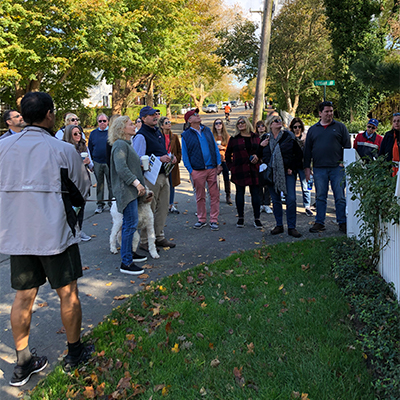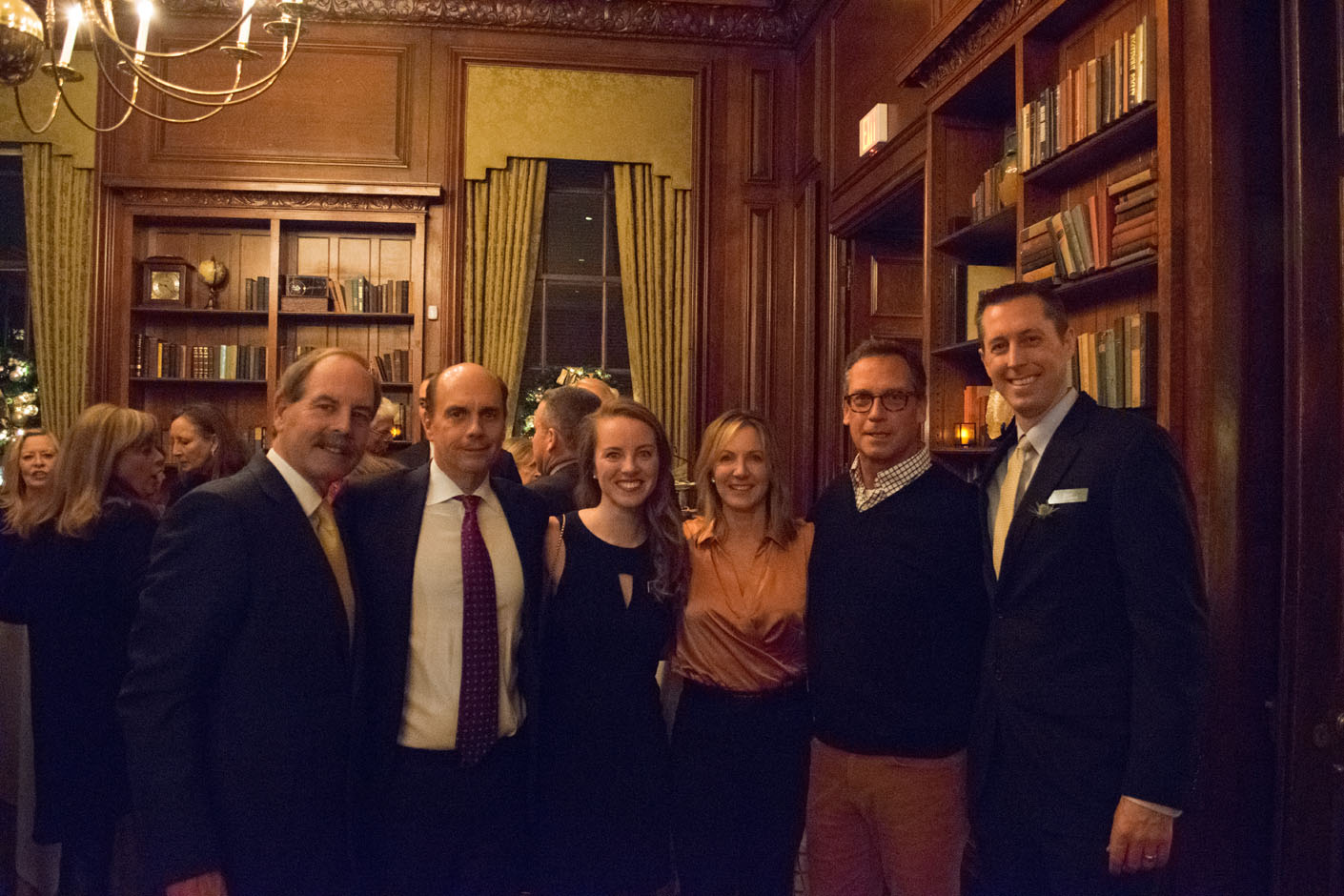In the spirit of the New Year and continued professional reflection, today we want to share some perspectives on a particularly significant aspect of our business. One of the important things we have learned over the years is this: architecture may be our profession, but we are really in the relationship-building business.
There are many components to building client relationships and the process can vary project to project. Over time, however, we’ve discovered there are certain cornerstones to relationship building that have helped define our architecture brand.
Communication is Key
 First and foremost is timely communication. We are in a service business, so whether it’s during the interview process (when both the client and firm are assessing the “fit”), or halfway into a significant program, being responsive to our client is paramount. It demonstrates that we value and respect their time and questions, and signifies that we are a conscientious and reliable partner.
First and foremost is timely communication. We are in a service business, so whether it’s during the interview process (when both the client and firm are assessing the “fit”), or halfway into a significant program, being responsive to our client is paramount. It demonstrates that we value and respect their time and questions, and signifies that we are a conscientious and reliable partner.
“Being accessible is key, and I understand the importance of getting back to people. At the end of each day, I try and return every single email and phone call I’ve received. It’s my responsibility.” – Patrick Ahearn
Be the Good Listener

High-end residential architecture, in particular, is very personal and requires that we genuinely get to know our clients. This means not only recognizing the goals and objectives of their project but also understanding how they live day-to-day. This process involves asking a lot of questions and being the good listener. A skilled listener can successfully translate a client’s ideas into an architecture that works for their life.
Common Bonds
Talking openly about one’s personal space and living needs requires a level of trust and confidence, which we often establish by finding a common bond with our clients. Whether it’s a shared interest (cars, marketing) or history (growing up in New York, living on Martha’s Vineyard), learning about our clients and finding commonality helps develop an important level of trust – which ultimately allows us to design a house that meets and exceeds their private needs.

Research and Prepare

Once we start a client’s project, our goal is to create a collaborative story together. We often refer to this as “scripting the novel of their home.” Creating a home is an emotional, personal journey, and we want to make the process as rewarding and as seamless as possible. To do so, we incorporate our design philosophy – the greater good theory – into the practice.
While we always strive to give our clients the home of their dreams, we also believe the house should fit the scale and enhance the tone of its surrounding community – thereby contributing to the greater good. That means, as the architect, we understand not only the neighborhood aesthetic but also its zoning regulations and historical parameters. Being mindful of the greater good means overly preparing for a project, building consensus with the client (and their neighbors) and ensuring the novel of their home unfolds smoothly.

In residential architecture, it is crucial to cultivate relationships with a strong level of trust and communication. The wonderful bonus in those relationships is that many clients become lifelong friends. We appreciate and take those friendships very seriously – and remain passionate about creating architecture and relationships that reflect and define our brand.